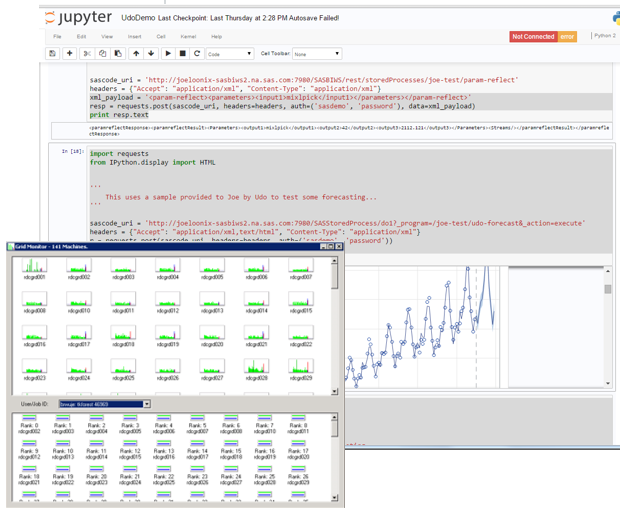Have you been in your attic lately? Or maybe cleaned out that closet that all of your “stuff” seems to gravitate to? Sure, mostly you’ll just find old junk that is no longer useful or purely nostalgic, but every once in a while you come across those long lost treasures and think “why haven’t I been using this?” No – I’m not talking about that Def Leppard Union Jack sleeveless shirt or the strobe light (though I’ll admit, the latter has some serious entertainment value). Think baseball glove, Trivial Pursuit game, electronic keyboard, desk lamp…value is subjective, but whatever it is for you, you have to admit it does happen once in a while. Which is what happened to me recently when I learned about analytical web services in the form of SAS BI Web Services.
The capability and the ability to deploy advanced analytics as analytical web services that can be accessed from a wide variety of clients or entry points is a treasure in the attic worth bringing downstairs. This capability has been offered by SAS for over a decade, and while some people have certainly taken advantage of it over the years, it doesn’t seem to be as widely used as I would expect in today’s analytics environments, where flexibility, customization, and remote access are all desired, if not expected. Deploying analytics, and in particular predictive models, as analytical web services is all the rage these days, and for good reason. There’s no need to forsake scalable analytic solutions that employ advanced machine learning capabilities merely to remain working in your programming comfort zone. SAS’ web services framework is a bridge from common programming languages to SAS® High Performance Analytics running in a distributed computing environment such as Hadoop.
I recently worked with a small team of folks here at SAS to re-assess our analytical web services in light of these greater expectations (not to mention competitor pitches claiming it to be a differentiator). We discovered first-hand how straightforward it is to create custom applications that invoke SAS’ advanced analytics, running in a high performance, distributed computing environment (backed by Hadoop). In some sense, it’s the ideal API, exposing any potential input variables and data streams and providing any potential desired output parameters and data streams – leaving all of the plumbing to the SAS BI Web Services infrastructure. Java, HTML5, Python, etc. - the client interface you choose for your application is immaterial as long as it can compose and send an http request to the REST endpoint URI for your web service. Developing custom applications tailored to your specific business problem and backed by a distributed analytics infrastructure is fairly straightforward.

I’ll be talking about these analytical web services and our work to scale them for machine learning at the SAS Analytics 2015 conference in Las Vegas. If you happen to be attending, stop in to my session on “Machine Learning at Scale Using SAS Tools and Web Services” to hear more about it – you might just learn something cool and useful that you never even knew you had. You might find a treasure that can revive or inspire your creativity in your approach to analytics. And I might (or might not) be wearing the Def Leppard shirt.....





